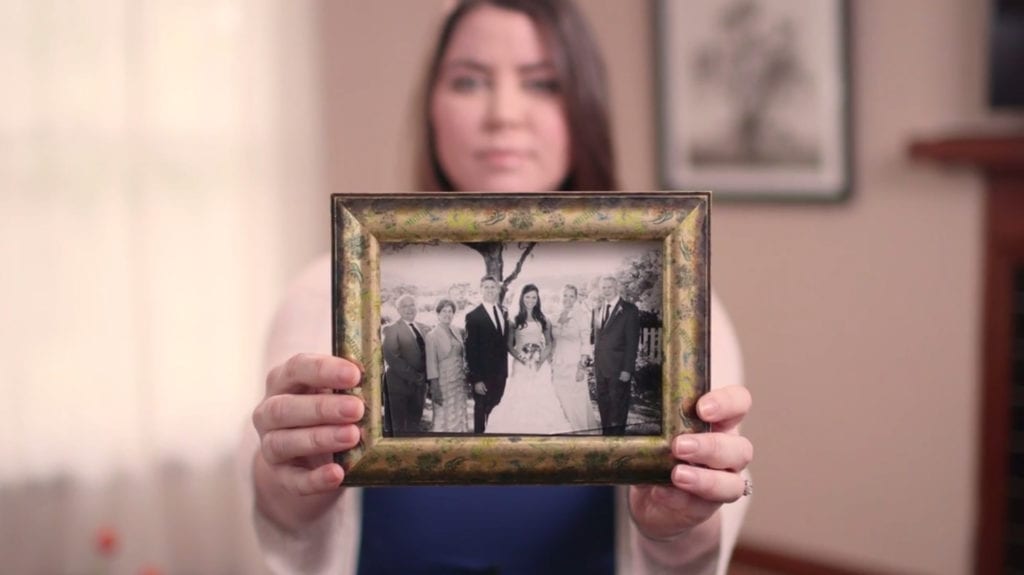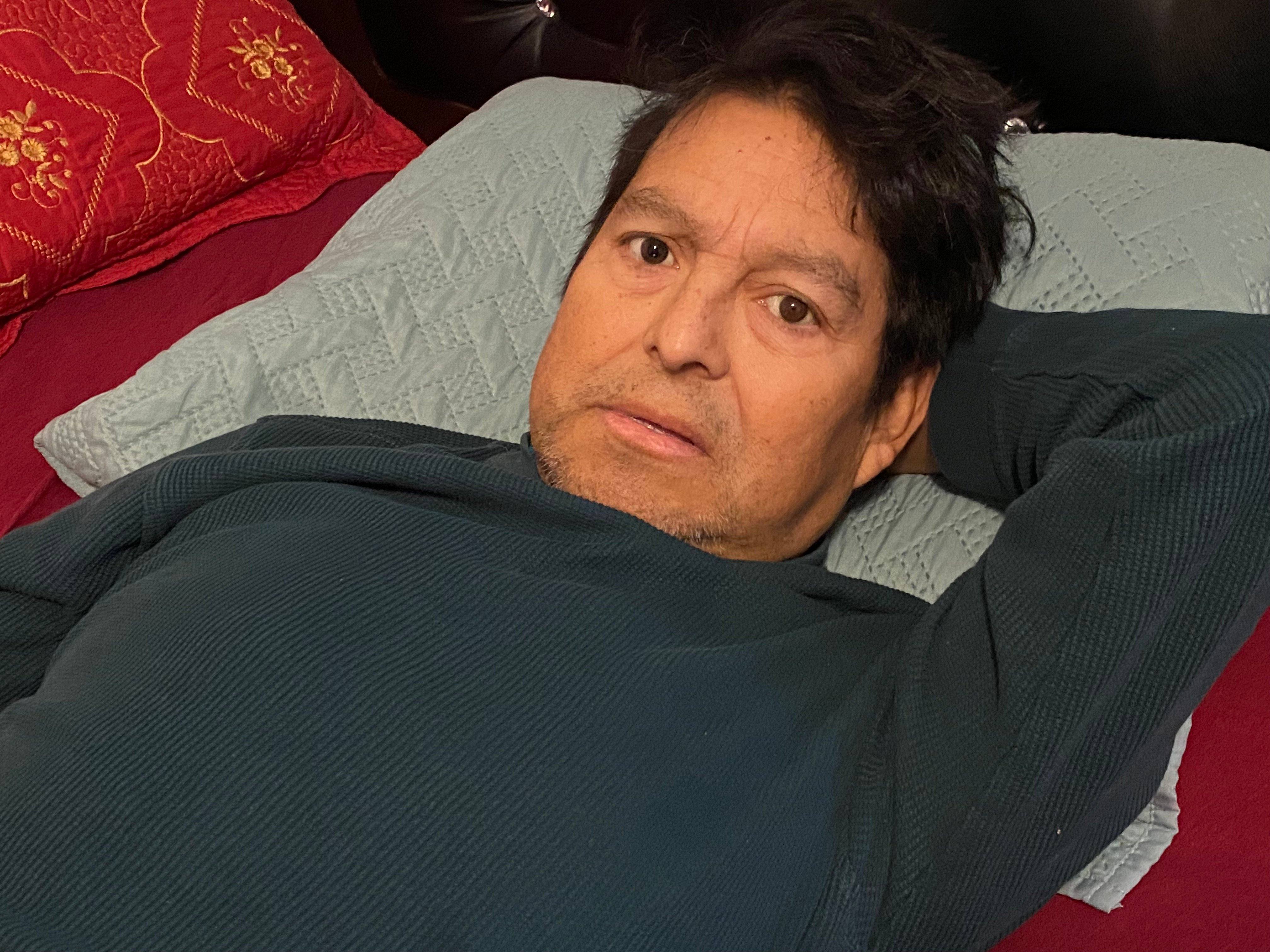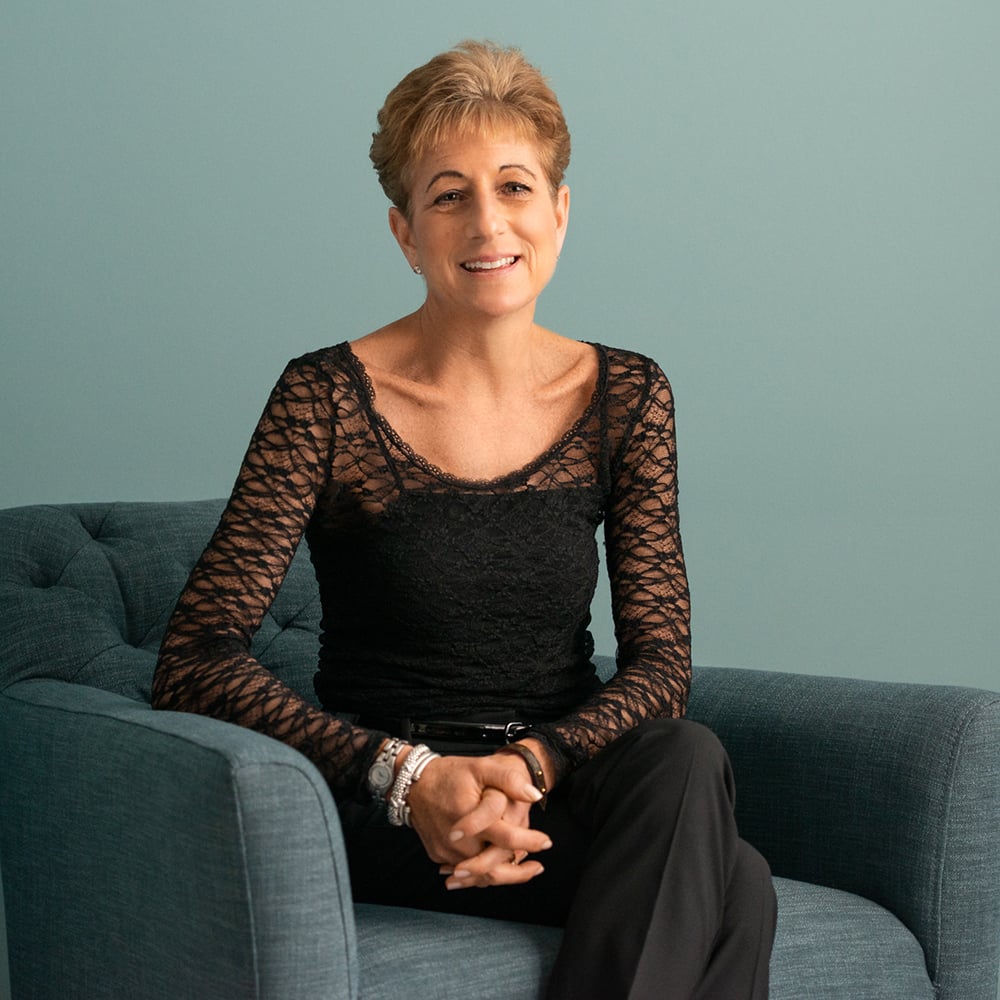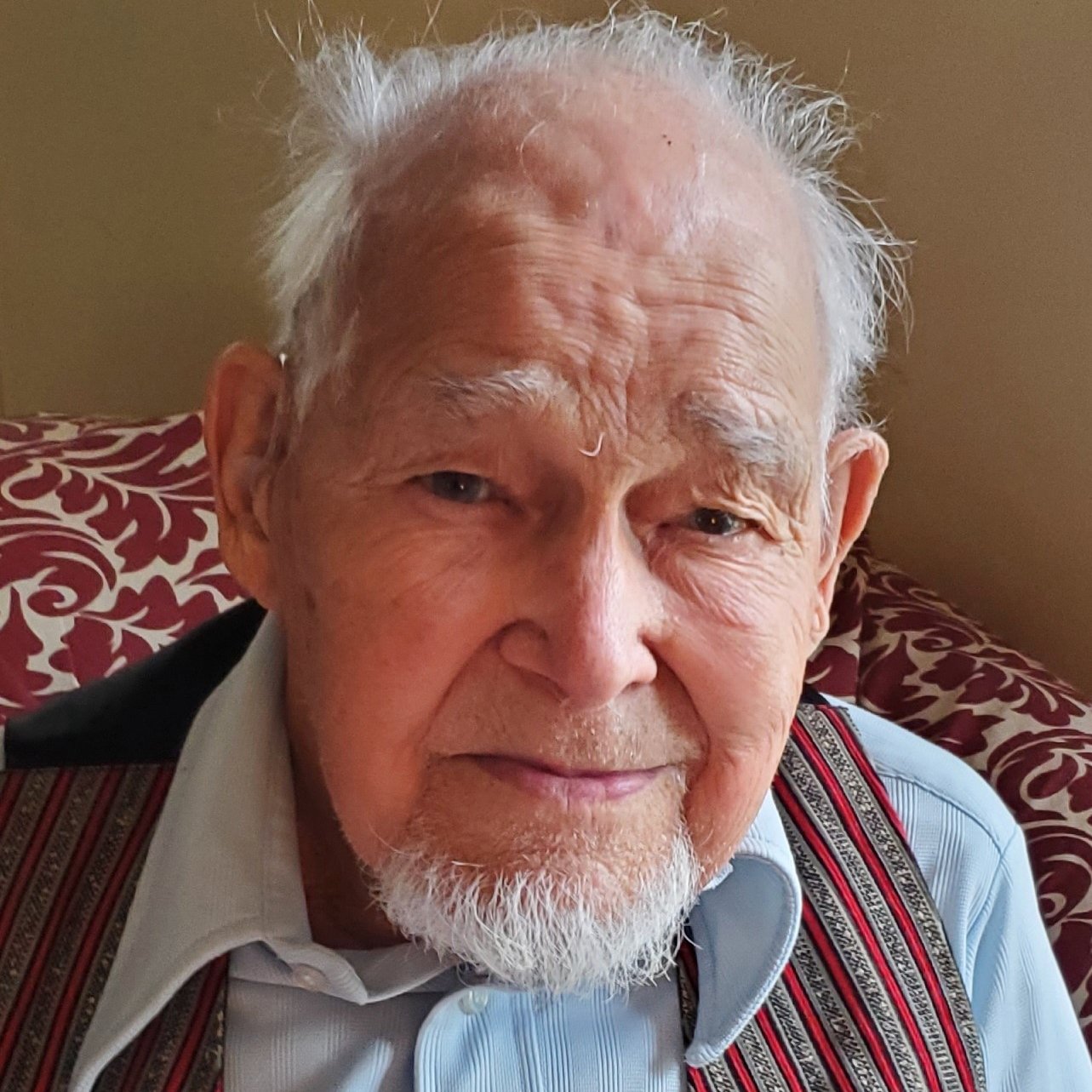On October 6, 2014, Compassion & Choices announced its historic, strategic partnership with Brittany Maynard that has super-charged the movement to expand and improve end-of-life care options ever since. We pitched an exclusive to People Magazine, and her video quickly became the most watched video in our history; it has been viewed over 12 million times. Her story went global in a matter of days. Just after the release of her first video, she authored this op-ed for CNN.com to share why she moved to Oregon to access its Death With Dignity Act. Her story propelled the movement forward and was instrumental in the passage of the End of Life Option Act in California less than one year later.
On New Year’s Day, after months of suffering from debilitating headaches, I learned that I had brain cancer.
 I was 29 years old. I’d been married for just over a year. My husband and I were trying for a family.Our lives devolved into hospital stays, doctor
consultations and medical research. Nine days after my initial diagnoses, I had a partial craniotomy and a partial resection of my temporal lobe. Both surgeries were an effort to stop the growth of my tumor.
I was 29 years old. I’d been married for just over a year. My husband and I were trying for a family.Our lives devolved into hospital stays, doctor
consultations and medical research. Nine days after my initial diagnoses, I had a partial craniotomy and a partial resection of my temporal lobe. Both surgeries were an effort to stop the growth of my tumor.
In April, I learned that not only had my tumor come back, but it was more aggressive. Doctors gave me a prognosis of six months to live.
Because my tumor is so large, doctors prescribed full brain radiation. I read about the side effects: The hair on my scalp would have been singed off. My scalp would be left covered with first-degree burns. My quality of life, as I knew it, would be gone.
After months of research, my family and I reached a heartbreaking conclusion: There is no treatment that would save my life, and the recommended treatments would have destroyed the time I had left.
I considered passing away in hospice care at my San Francisco Bay-area home. But even with palliative medication, I could develop potentially morphine-resistant pain and suffer personality changes and verbal, cognitive and motor loss of virtually any kind.
Because the rest of my body is young and healthy, I am likely to physically hang on for a long time even though cancer is eating my mind. I probably would have suffered in hospice care for weeks or even months. And my family would have had to watch that.
I did not want this nightmare scenario for my family, so I started researching death with dignity. It is an end-of-life option for mentally competent, terminally ill patients with a prognosis of six months or less to live. It would enable me to use the medical practice of aid in dying: I could request and receive a prescription from a physician for medication that I could self-ingest to end my dying process if it becomes unbearable.
I quickly decided that death with dignity was the best option for me and my family.
We had to uproot from California to Oregon, because Oregon is one of only five states where death with dignity is authorized.

Brittany and husband Dan Diaz. Dan continues to work with Compassion & Choices to advance medical aid-in-dying laws state by state. Learn more about his work here.
I met the criteria for death with dignity in Oregon, but establishing residency in the state to make use of the law required a monumental number of changes. I had to find new physicians, establish residency in Portland, search for a new home, obtain a new driver’s license, change my voter registration and enlist people to take care of our animals, and my husband, Dan, had to take a leave of absence from his job. The vast majority of families do not have the flexibility, resources and time to make all these changes.
I’ve had the medication for weeks. I am not suicidal. If I were, I would have consumed that medication long ago. I do not want to die. But I am dying. And I want to die on my own terms.
I would not tell anyone else that he or she should choose death with dignity. My question is: Who has the right to tell me that I don’t deserve this choice? That I deserve to suffer for weeks or months in tremendous amounts of physical and emotional pain? Why should anyone have the right to make that choice for me?
Now that I’ve had the prescription filled and it’s in my possession, I have experienced a tremendous sense of relief. And if I decide to change my mind about taking the medication, I will not take it.
Having this choice at the end of my life has become incredibly important. It has given me a sense of peace during a tumultuous time that otherwise would be dominated by fear, uncertainty and pain.
Now, I’m able to move forward in my remaining days or weeks I have on this beautiful Earth, to seek joy and love, and to spend time traveling to outdoor wonders of nature with those I love. And I know that I have a safety net.
I hope for the sake of my fellow American citizens that I’ll never meet that this option is available to you. If you ever find yourself walking a mile in my shoes, I hope that you would at least be given the same choice and that no one tries to take it from you.
When my suffering becomes too great, I can say to all those I love, “I love you; come be by my side, and come say goodbye as I pass into whatever’s next.” I will die upstairs in my bedroom with my husband, mother, stepfather and best friend by my side and pass peacefully. I can’t imagine trying to rob anyone else of that choice.
Learn about Brittany and Compassion & Choices' partnership.
News About Brittany
Brittany was covered in hundreds of publications across the country. Below are some of the highlights.
Terminally Ill 29-Year-Old Woman: Why I'm Choosing to Die on My Own Terms
Brittany Maynard Could Revive the Stalled 'Death With Dignity' Movement
Why Newlywed Brittany Maynard Is Ending Her Life in Three Weeks
Brittany's Videos
Brittany's videos went viral and were seen by millions of people within days of their releases. Watch the videos below to hear Brittany tell her story in her own words.
The Brittany Maynard Story
Brittany Maynard Legislative Testimony
A Video For All My Friends






